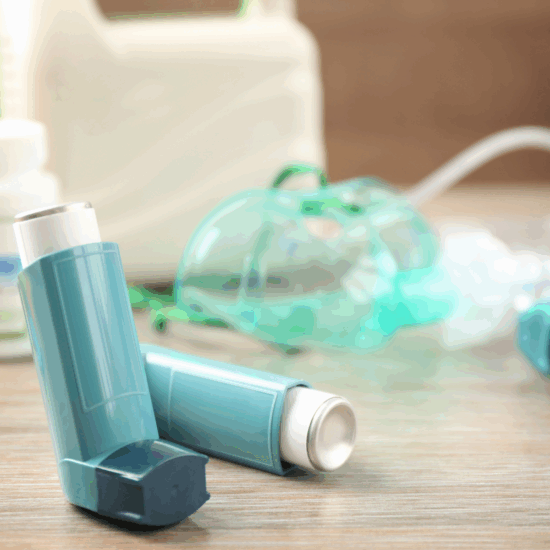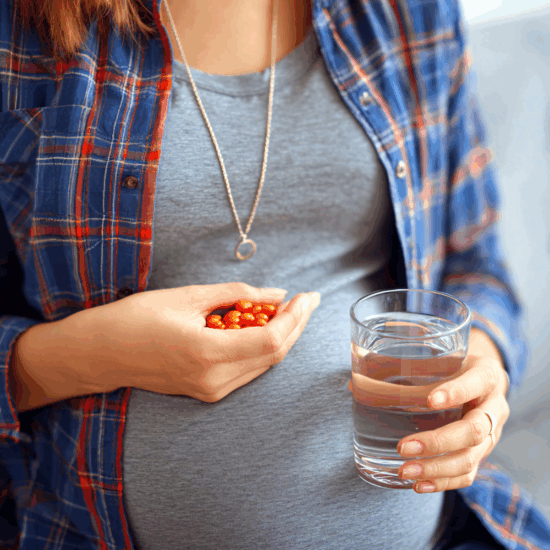Whitepaper: The Executive’s Guide to FDA Meeting Strategy
Published Oct 20, 2025
Published 29th September 2025

Developing inhaled products is a challenging task for pharmaceutical companies. The EMA introduced detailed guidance for inhaled products in the 1990s and have regularly updated it since then. The EMA issued a new draft to update the quality of inhaled guidance documents in 2024.
Following a public consultation process, the pertinent EMA working parties agreed on the draft guidance, and CHMP adopted it on 14th July 2025. The guideline will formally come into effect on 1st February 2026. You can find the guideline here: Guideline on the pharmaceutical quality of inhalation and nasal medicinal products (EMEA/CHMP/QWP/49313/2005 rev. 1; dated 14 July 2025).
DLRC published an article on 31 July 2024 about the draft EMA Update on Quality Guidelines for Inhalation & Nasal Products. This article focuses on the changes made compared to the 2006 version. You can read that blog here.
This article will focus on the changes made between the draft guidance submitted for consultation and the final guidance document.
It should be noted that the quality guidance covers both inhaled and nasal products. In this article, we will focus on the aspects of the quality guidance relating to inhaled products.
The differences in the draft guidance are examined in the same order as presented in the published, final guidance.
The guidance consistently highlights an interesting overall comment applicable to both the active substance and the drug product. When referring to clinical batches, i.e., those that showed acceptable performance in vivo, it now expands the description to state:
‘Pivotal clinical batches and/or batches used in pivotal pharmacokinetic studies), or in vitro comparative studies. Process capability may also be considered’.
This is an important change as it recognises that with some submissions, there may be a single clinical batch which may be slightly different in terms of numerical specification values from, say, three registration/commercial batches. This could lead to inappropriate specifications being considered.
The new wording expands the need to include additional batches and statistical considerations. This will be helpful for the developer in demonstrating that a manufacturing process consistently produces a drug product that meets its critical quality attributes (CQAs). It will also ensure product quality and patient safety.
An additional overall comment to the definition of fine particle dose in the ‘definitions’ section of the guidance is that the terms “fine particle mass” and “fine particle dose” may be used interchangeably. Different companies likely prompted this addition by using either of the two terms in their own submissions.
The description of the critical parameter – particle size adjustment via the micronisation process has been expanded to include examples of the particle-size adjustment process (e.g., jet-milling or spray-drying as micronisation process). This recognises additional unit processes.
Where polymorphic forms, including any amorphous content, were mentioned in the draft guidance, this is expanded in the final guidance. The polymorphic forms are now included as ‘other relevant characteristics of the active substance’.
It is also now clarified that a single compiled active substance specification is required where there are multiple suppliers of the active substance.
The draft guidance categorises the description of solvents and gases as excipients under ‘any other components’.
The final guidance now includes a new recommendation. ‘The calculated amount of each excipient per actuation as metered and delivered dose as well’.
Design of experiments (DoE) is added as a potential tool for a Quality by Design (QbD) approach to development. It also recommends using different batches of active substance, excipients and device components if relevant to the studies.
The large table ‘Pharmaceutical development studies for inhalation medicinal products’ is largely the same with three exceptions:
(g) Uniformity of delivered dose and fine particle dose through container life is now a ‘Yes’ for multi-dose preparations for nebulisation. There is a footnote that this ‘Yes’ is only for suspensions.
(o) Cleaning requirements are now a ‘Yes’ for multi-dose preparations for nebulisation. There is a footnote that this ‘Yes’ is only for a co-packed medical device.
(q) Performance and physical characterisation after temperature cycling is now ‘Yes’ for device-metered and pre-metered dry powder inhalers and single- and multi-dose preparations for nebulisation products.
In the introduction to this section in the new guideline, where reference is made to how acceptance criteria should be set, the reference to the use of stability data to set acceptance criteria has been removed. The new wording still explicitly references that different tests and limits may apply at release versus shelf-life, with clear justification.
It’s unclear why the final guideline removes the mention of stability data, but it’s possible the intention is to prevent its use in justifying wider release limits. The use of stability data to justify shelf-life limits should still be possible.
The large table ‘Finished medicinal product specification tests for inhalation medicinal products’ is identical to the draft.
The new guideline has removed the proposed requirement for fine particle dose (FPD) that ranges wider than ±25% should be sufficiently justified by in vivo data. This has been replaced by an advisory statement that normally, the FPD range should not be wider than ±25%.
The final guidance outlines a new requirement for pictures, in addition to schematics of the delivery device.
Where no in vivo studies are performed, an additional e.g. ‘physical characteristics for the active substance’ under relevant parameters has now been included. This is in addition to the aerodynamic particle size distribution (APSD) for the finished product and excipient particle size.
An additional bullet on dose counter/indicator use has been added to the information on administration and handling. It is required to be provided in the Summary of Product Characteristics (SmPC) and the Package Leaflet (PL), making specific reference to the final doses:
‘Information regarding dose counter/dose indicator or instructions on how to determine that (almost) all doses have been used.’
You must perform a risk assessment for any proposed change to determine its impact on the product’s quality, safety, or efficacy. A change that affects the in vitro dissolution release characteristics of the finished product has now been deleted. This is because it was considered to have a significant impact on the quality, safety or efficacy of the product.
The EMA have now finalised and published the draft guidance following the public consultation. The new information is not revolutionary but provides further guidance to the developers of inhaled and nasal products.
CMC Regulatory is closely aligned to CMC development. Regulatory guidance focuses on all stages of the drug development process, from pre-clinical all the way through to lifecycle development. The DLRC CMC Regulatory team have a number of consultants who have worked in drug development of inhalation and nasal products. As such, we have a rare skillset which can help clients navigate the regulatory and development minefield. We have a track record of obtaining approvals for numerous inhaled products submissions for clients.
To discuss how DLRC’s award-winning regulatory consultants can support your business and products, contact us by emailing hello@dlrcgroup.com.

Published Oct 20, 2025

Published Oct 01, 2025

Published Oct 01, 2025

Published Oct 01, 2025

Published Oct 01, 2025

Published Sep 29, 2025

Published Sep 08, 2025

Published Sep 03, 2025

Published Aug 20, 2025